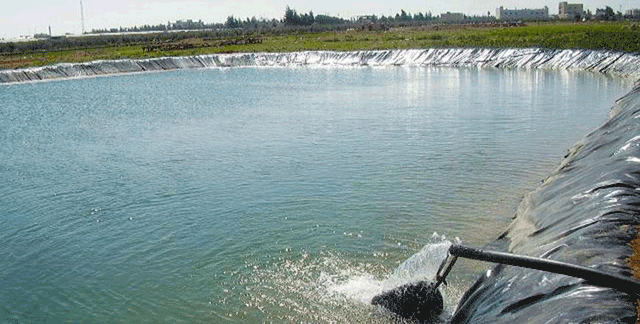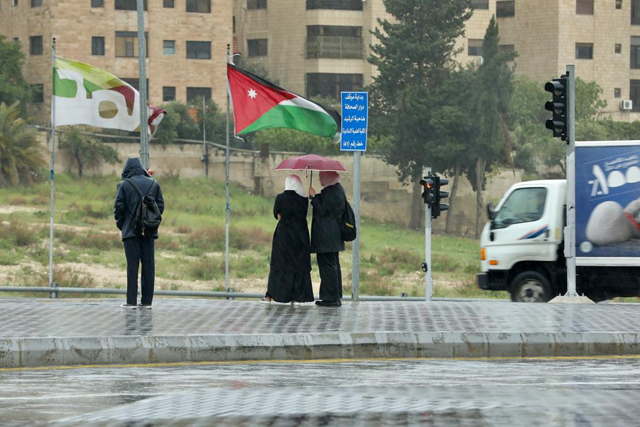You are here
Estimated water theft losses amounted to 9.58mcm in 2022 — Water Ministry
By Rana Tayseer - Mar 13,2023 - Last updated at Mar 13,2023

Estimated water losses due to repeated instances of water theft amounted to about 9.58 million cubic metres last year, according to the Water Ministry (File photo)
AMMAN — Estimated water losses due to repeated instances of water theft amounted to about 9.58 million cubic metres last year, Water and Irrigation Ministry spokesperson Omar Salama told The Jordan Times.
“The estimated water losses due to the water thefts in the governorates of Zarqa, Amman and Madaba amounted to about 6 million cubic metres, and in Aqaba about 3 million cubic meters, and in Tafileh, Maan and Karak about 80,000 cubic metres,” Salama added.
He said that the estimated losses due to violations recorded in the Yarmouk water network in northern Jordan amounted to about 500,000 cubic metres.
Regarding the nature of water theft cases in 2022, Salameh said: 86 illegal wells were shut, more than 10,000 instances of theft on main lines were dealt with and eight illegal rigs were impounded, in addition to the removal of 67 illegal fixtures along the King Abdullah Canal.
Seventy cases were transferred to the judiciary by the Ministry of Water, indicating that approximately 10 per cent of the total number of cases were based citizens’ tip-offs, he said.
Salama indicated that the number of cases is similar to figures from 2021.
He called on the public to report any violations, as Jordan continues to suffer from a scarcity of water resources in light of a decline in rainfall.
The volume of rainfall has reached 48 per cent of the annual average of 8.1 billion cubic metres since the beginning of the season until early February.
Jordan’s water comes from surface and underground sources, both renewable and non-renewable, which provide 911mcm per year. On top of that, Jordan treats around 170mcm of wastewater annually.
Jordan’s per capita share of water currently stands at 90 cubic metres per year, which is only 10 per cent of the water poverty line and 97.5 per cent lower when compared with Jordan’s per capita water share of 3,600 cubic metres per year in 1946
Non-revenue water remains a major challenge, as the percentage of lost water remains high at 50 per cent.
In its Third National Communication on Climate Change submitted to the United Nations Framework Convention on Climate Change (UNFCCC), the country said a drier climate is likely in Jordan.
By 2070-2100, total precipitation could likely decrease by 15-25 per cent. It is more likely that there will be a drier autumn and winter compared to the spring season, with the decrease in the median value of precipitation reaching -35 per cent in autumn according to the communication.
Related Articles
AMMAN — The Ministry of Water announced on Monday that rainfall has reached 65 per cent of the Kingdom’s long-term annual average of 8.1 bil
AMMAN — The recent rainfall has filled the Kingdom’s 14 major dams with four million cubic metres (4mcm) of water, as of Monday morning, acc
AMMAN — The recent rainfall has filled the Kingdom’s 14 major dams with four million cubic metres (4mcm) of water, as of Monday morning, acc


















